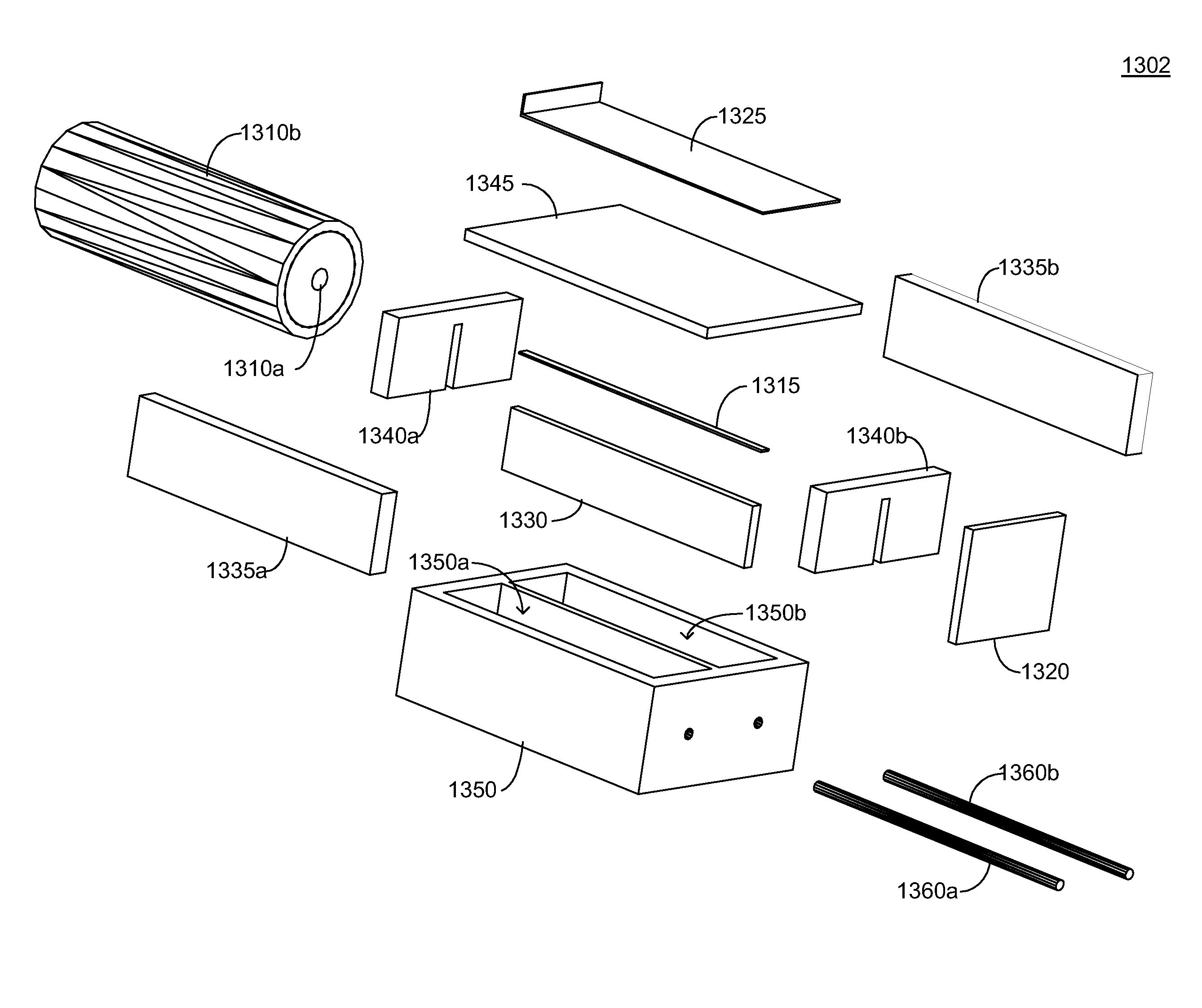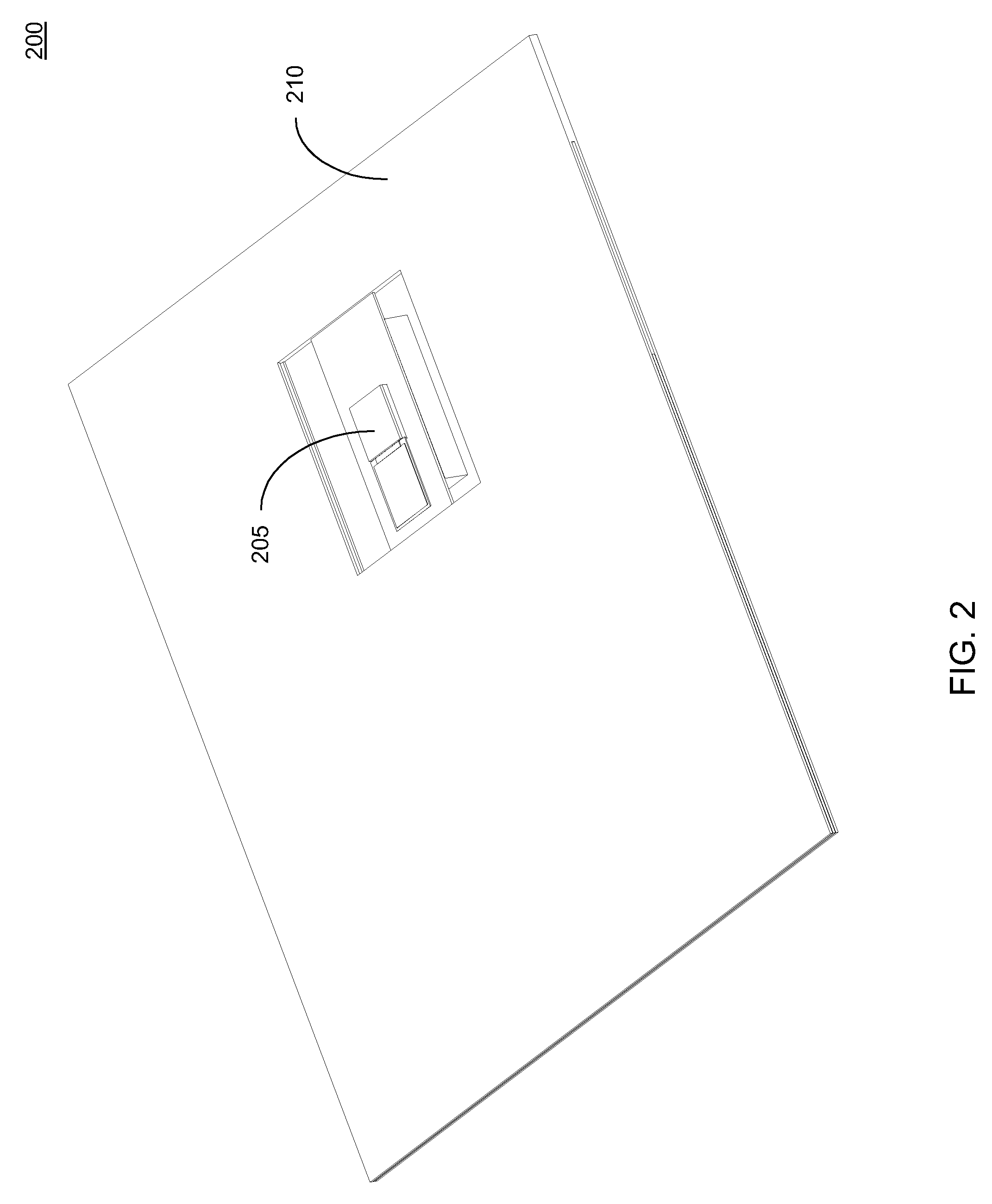System and method for isotope selective chemical reactions
a chemical reaction and selective technology, applied in the field of chemical reactions, can solve the problems of not being able to develop an efficient enhancement method and not being properly exploited, and achieve the effect of improving heat exchange and reducing the thickness of the stagnant electrolyte layer
- Summary
- Abstract
- Description
- Claims
- Application Information
AI Technical Summary
Benefits of technology
Problems solved by technology
Method used
Image
Examples
Embodiment Construction
[0074]The prior art of dynamic spin chemistry has been largely directed to reactions involving radical pairs that occur in bulk solutions, or within micelles or other constrained volumes. The present invention adds a new dimension by addressing the spin modification of ionic species at an electrode surface. Redox reactions at the electrode surface may be used to produce stable products from unstable intermediates that are produced by photolysis and spin modification within the interphase.
[0075]The prior art of spin modification has relied upon microwave radiation to provide the high frequency magnetic field used for pumping unpaired electrons between magnetic energy levels. In contrast, the present invention provides a high frequency magnetic field by providing a current in the redox electrode, or another conductor adjacent to the interphase of the redox electrode. Local magnetic excitation avoids the difficulties associated with radiation propagation and reduces the problems associ...
PUM
| Property | Measurement | Unit |
|---|---|---|
| impedance | aaaaa | aaaaa |
| capacitance | aaaaa | aaaaa |
| inductance | aaaaa | aaaaa |
Abstract
Description
Claims
Application Information
 Login to View More
Login to View More - R&D Engineer
- R&D Manager
- IP Professional
- Industry Leading Data Capabilities
- Powerful AI technology
- Patent DNA Extraction
Browse by: Latest US Patents, China's latest patents, Technical Efficacy Thesaurus, Application Domain, Technology Topic, Popular Technical Reports.
© 2024 PatSnap. All rights reserved.Legal|Privacy policy|Modern Slavery Act Transparency Statement|Sitemap|About US| Contact US: help@patsnap.com










